Ductless Condensate Pumps: What You Need To Know
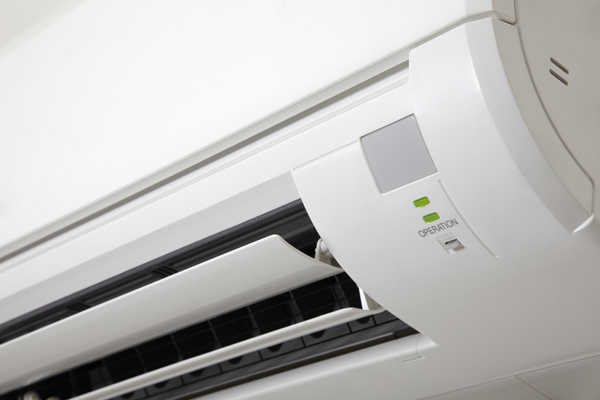
Simply put, condensation is when vapor is converted to liquid. Air is condensed into water droplets on a cold surface when it comes in contact with hot air. An easy to understand example of this is when droplets form on a cold can of soda on a hot day. The droplets are formed as humid air is cooled beyond its dew point.
One of the top cooling solutions on the market is the ductless mini-split system. These systems, with the help of a ductless condensate pump, capture humidity from inside your home and release it outside. It results in drier indoor air for a greater cooling effect. The system also allows your skin’s moisture to evaporate, which helps cool down your body. In this article, we discuss what you need to know about ductless condensate pumps.
Is Condensate Harmful?
Contents
- 1 Is Condensate Harmful?
- 2 How Do Mini-Splits Remove Condensate?
- 3 What Are The Basic Components Of A Pump?
- 4 Types Of Condensate Pumps
- 5 Four Common Ductless Condensate Pump Installation Mistakes
- 6 Do I Need Professional Ductless Installation?
- 7 Call Townsend Energy For All Of Your Home Heating And Cooling Needs
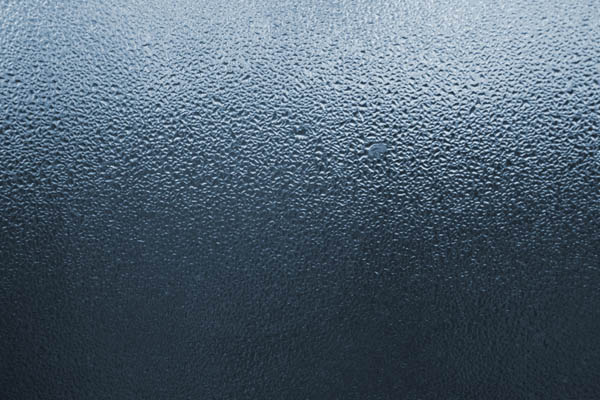
Condensation can potentially be harmful if it’s not correctly eliminated from your home. These water droplets pool up over time, causing damage to your walls, floors, ceiling, and other possessions. Condensation can also cause mold to grow. This will affect your home and potentially your health too. Common health effects from mold are skin allergies or respiratory illnesses like asthma.
Condensation will not only cause damage to your house but it can also affect your family’s health without proper drainage. Repairing these damages can be expensive. It can cost you a few thousand dollars to properly drain the condensation away from your home.
How Do Mini-Splits Remove Condensate?
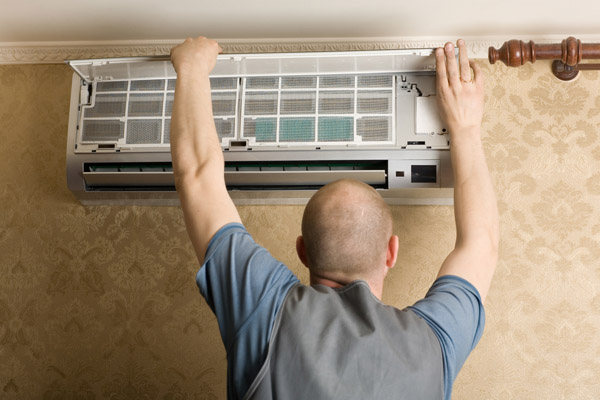
There are different ways to get rid of condensate in a mini-split system. Some units use a gravity-drain tube while some need pumps. Below are some of the common ways mini-splits remove condensate:
Pipe Runs
Floor and wall-mounted units often do not have condensate pumps. Rather, they use gravity-draining to get rid of the water. In this case, the drain line must be sloped downward.
An HVAC contractor will make sure that the drain line goes through a hole and is at least one-fourth to one-half inches higher inside than it is outside. This ensures the line is angled downward and allows it to remove the accumulated moisture correctly.
Drain Tubes
Most types of floor-mounted and wall-mounted units use drain tubes to eliminate condensation. This is the most common way and it uses a 5/8″ inner diameter vinyl tubing.
When your setup uses this flexible vinyl drain tube, the HVAC contractor will make sure that it does not get kinked. If is it kinked, the water will not drain correctly. Potentially, the condensate could overflow and damage the indoor air handler. To avoid this, many HVAC ductless installation companies will use braided tubing instead of the traditional clear tube.
Pumps
In some cases, gravity-reliant drainage is not possible. These situations need a condensate pump. It is made up of a 1” or 1 to 1/4″ PVC rather than the usual tubing. This allows the pump to go downwards over a long horizontal run.
You can connect many indoor air handlers to one drain line. The HVAC contractor will know the manufacturer’s guidelines for these applications. Furthermore, get advice from a professional HVAC technician to make sure that the line can manage all the water from the indoor units.
Concealed ducted, ceiling suspended, and ceiling cassette units often have built-in lift pumps. But, floor and wall-mounted ones are intended to be mounted high up a wall so that they can drain the condensate without a pump. Although, if the unit is on the ground level, then you will need a condensate pump to remove the water to a better location.
What Are The Basic Components Of A Pump?
Condensate pumps generally consist of two important parts, the reservoir, and the float switch. The reservoir is connected to the indoor unit’s drain pan. This is where collected water goes while your mini-split unit is cooling.
Only when the condensate arrives at a specific level will the built-in float switch turn on the condensate pump. The float switch functions as an alert too. The float switch turns off the indoor air handler to keep the condensate from overflowing when the condensate pump isn’t operating correctly.
Types Of Condensate Pumps
All condensate pumps are made to eliminate condensate. Despite this, there are still many types you can choose from. Learning about all the options you have and their benefits is recommended. This information and your preferences will allow you to determine the type of condensate pump that will best for you and your needs.
The numerous types of condensate pumps include the following:
Standard
The standard style of condensate pumps is small and discreet. The reservoir is placed inside the indoor air handler. This makes sure that it is hidden out of sight, either behind a wall or a ceiling. It is also very quiet and works well with most applications.
Low Profile
Go for a low profile condensate pump if you are looking for something that is less intrusive. It is small enough to be entirely out of view. It is one of the slimmest and most inconspicuous pumps on the market.
High Suction
A high suction condensate pump is installed similar to a standard one. The only difference is that a high suction pump has extra suction power. This allows it to lift condensate higher and further. This kind of pump is ideal for if the indoor unit is put in below ground level. When this is the case, the water needs to be brought to a higher level prior to draining it outside. It is also great for when you are trying to minimize noise since a high suction condensate pump can be installed away from your living space.
Surface Mounted
An HVAC contractor will install a surface-mounted condensate pump under your mini-split system. They place the reservoir and pump in a compact box outside of the unit. A surface mounted pump is easily accessible when you need to clean or repair any part of it due to its location. It’s an excellent choice for situations where easy access to the reservoir is needed.
Four Common Ductless Condensate Pump Installation Mistakes
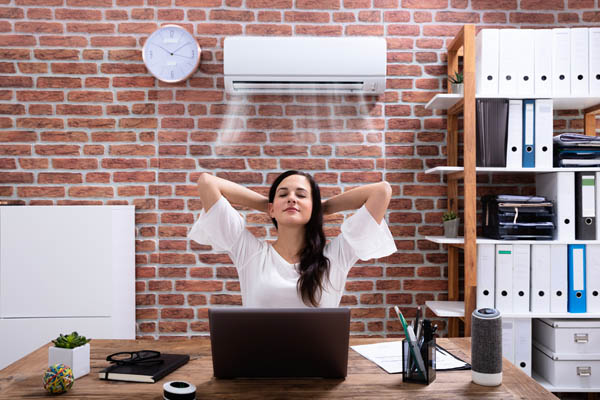
Mini-split condensate pumps can be a challenge to install without the proper knowledge, tools, and experience. Mistakes can result in errors that can be damaging to the equipment’s functionality. The following are some condensate pump installation mistakes:
Pump Omission
Often, mini-split systems do not have a condensate pan since the water is drained with the help of gravity. But, sometimes gravity draining is not an option. In this case, a condensate pump is essential. Serious issues can occur if a drain pan overflows.
Pump Selection
Choosing the wrong pump is the most common installation mistake. An incompatible pump can lead to issues like poor performance and lots of noise. It can also impact installation and maintenance.
Choosing a large wall-mounted pump is not necessary for mini-split units. This makes them not aesthetically pleasing and also has higher sound levels.
Wiring
Condensate pumps require line-voltage power wired to the mini-split unit’s electrical terminal. Mini-split units often have particular pump wiring requirements for powering their systems. Because of this, no one diagram can be suitable for all mini-split make and models. This is why wiring a condensate pump incorrectly is a typical installation error.
Siphoning
Another common installation error is inaccurately routing the discharge line that creates a siphon. A siphon can make an airlock, this can cause an overflow or damage the pump. It may also restrict draining, which can cause the condensate to eventually overflow.
Some condensate pump manufacturers include anti-siphoning devices at no extra cost. An anti-siphoning device is two-inches long and made of a molded plastic fitting that prevents the pump from auto-siphoning. An HVAC contractor can install it both horizontally or vertically. This design makes sure that the correct installation takes place.
Do I Need Professional Ductless Installation?
Contact a professional mini-split installer if you don’t know which condensate pump is right for you or if you have any concerns. Experts and manufacturers alike do not recommend a DIY ductless installation. The average homeowner does not have the correct tools or knowledge. A DIY installation puts your system at risk of damage. Similarly, the same thing can happen if you hire an unlicensed technician.
To ensure that you get the most out of your mini-split system, hire a professional. Doing this will give you the assurance that all the components of your mini-split, including the condensate pump, will work for a long time. In addition, you can make sure that the unit’s factory warranty remains.
Check Out One Of Our Ductless Installation Projects
Fujitsu Ductless Mini-Split Replacement Project In Salisbury, Massachusetts
Call Townsend Energy For All Of Your Home Heating And Cooling Needs
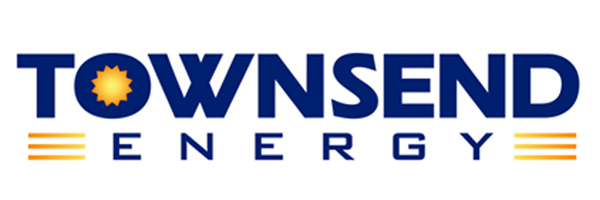 If you are ready to switch to a ductless HVAC system or have more questions, call Townsend Energy today. Our experienced NATE-certified technicians will discuss your needs and requirements to help you find the best ductless HVAC system for you.
If you are ready to switch to a ductless HVAC system or have more questions, call Townsend Energy today. Our experienced NATE-certified technicians will discuss your needs and requirements to help you find the best ductless HVAC system for you.
Townsend Energy is a full-service HVAC company that services residential and commercial properties throughout New England. We offer a range of heating and cooling services, including HVAC installations, repairs, tune-ups, and more. Our experienced, NATE certified professionals can find the best home heating and cooling solutions for your home while working with your budget. We aim to improve your home’s level of energy efficiency, comfort, and indoor air quality. We back our work by a warranty to ensure your satisfaction. Also, we provide free, in-home estimates. Call Townsend Energy today.
Contact us now at (800) 722-4101 to find out more!
